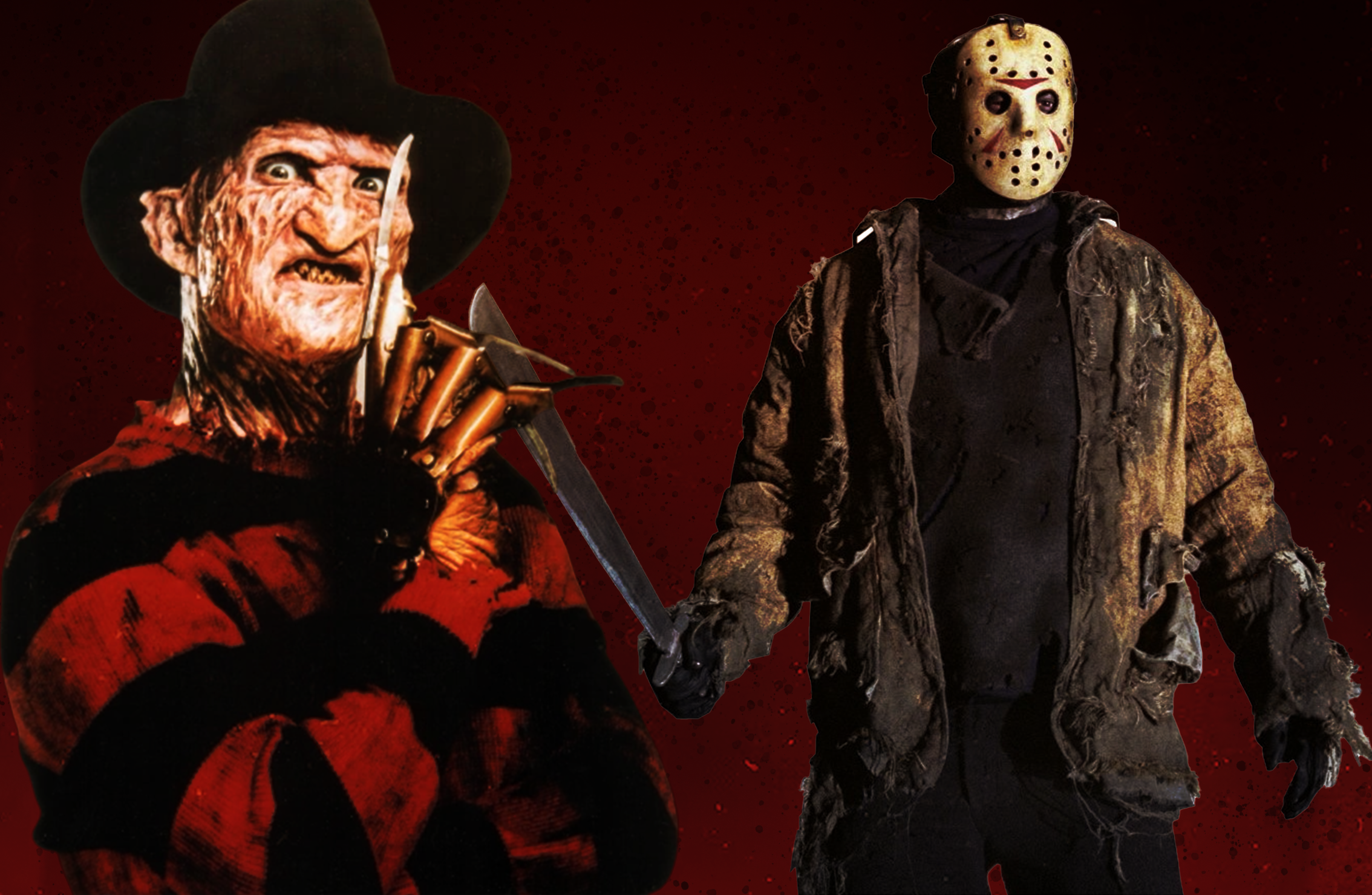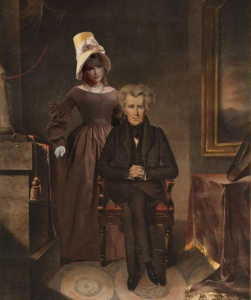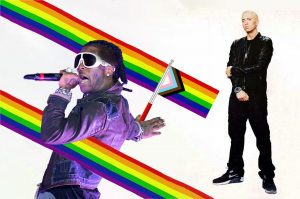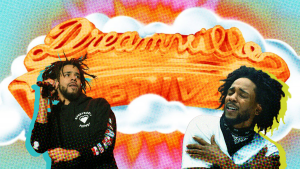
You’ve always been scared of fictional horror villains, but how do they become so terrifying?
These villains are not immune to the influences of our society and psychology.
Like all media, our favorite fictitious killers are heavily inspired by the world around them. From creation to prequel and sequel, current events and audience opinions greatly impact the story of evil incarnate.
Two of the best examples of this are the “Nightmare on Elm Street” (1984) psycho Freddy Krueger and “Friday the 13th” (1980) monster Jason Voorhees.
Freddy Krueger
Krueger harnesses and thrives off the fear created from people feeling unsafe. He often twists the dreams of his victims before killing them – pure torture and sadism.
When you explore the creation of the franchise, the execution of Krueger’s character is perfect. The concept of a tortuous dream demon makes total sense when you examine the life of his creator and the culture of the 1980s.
From 1975 to 1979, Cambodia faced extreme brutality and ethnic cleansing from its dictator Pol Pot and his Khmer Rouge regime. “Nightmare on Elm Street” director Wes Craven read an article about a refugee child who could not, or would not, fall asleep because he was afraid he would be attacked by soldiers in his dreams.
The child finally drifted off and everyone thought the crisis was over, but the boy died in his sleep. Craven believed he died in the middle of a nightmare.
Thus, Krueger’s character was realized.
“Nightmare on Elm Street” followed the serial killer epidemic of the ‘70s and appeared at the height of child abductions in the ‘80s.
Some speculate that Krueger is partially inspired by this “stranger danger” panic that ensued after the media covered the uptick in kidnapping and child murder cases.
Krueger also represents the childhood fear of the world outside of parents.
Not only do these factors make Krueger a quintessential slasher, but also a serious threat to horror fans. He is genuinely scary because the invasion of such safe space is all too real.
Jason Vorhees
Voorhees, loosely based on a Finnish mass murderer, has an interesting development throughout his cinematic journey. By the sixth installment, “Friday the 13th Part VI: Jason Lives,” Voorhees is essentially invincible because he is explicitly supernatural rather than just a man.
This turn of events in the franchise appears to result from fan sympathy. Fans of the iconic hockey mask-wearing killer feel this way because, to them, Vorhees doesn’t kill for fun the way Krueger does. His murderous tendencies are motivated by his victims’ immoral behavior and his own childhood trauma. Vorhees also kills to avenge and please his mother.
By the time Voorhees becomes undefeatable, the franchise is bringing in half as much as the first three movies did, so why not adapt his story to please fans?
Maybe dissecting the psychology behind fictional killers makes them less scary, or maybe even moreso, knowing these movies are not entirely fictional. Whatever the case, don’t think about it too much before falling asleep. We both know what happens next.




